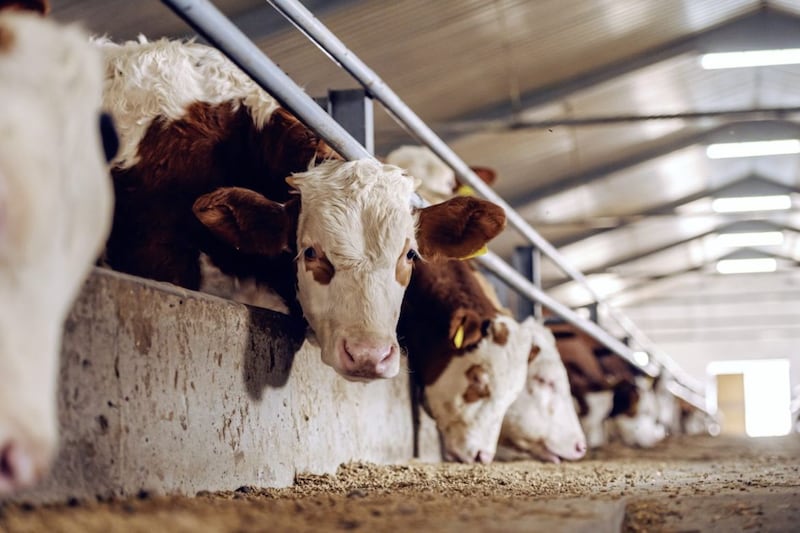INTENSIVE farming practices provide the perfect environment for bacteria and viruses to spread across the world and increase the risk of epidemics, scientists have said.
Their warning comes following a genetic analysis of the bacteria Campylobacter jejuni, which is commonly found in farmed cattle. The bug is also considered to be the most common bacterial cause of human gastroenteritis, according to the World Health Organisation.
In a new UK-led study, the researchers have warned the techniques used in intensive farming are increasing the likelihood of animal-to-human transmission of pathogens like Campylobacter, posing a global public health risk.
Professor Sam Sheppard, from the Milner Centre for Evolution at the University of Bath, said: "There are an estimated 1.5 billion cattle on Earth, each producing around 30kg of manure each day; if roughly 20 per cent of these are carrying Campylobacter, that amounts to a huge potential public health risk.
"Over the past few decades, there have been several viruses and pathogenic bacteria that have switched species from wild animals to humans: HIV started in monkeys; H5N1 came from birds; now Covid-19 is suspected to have come from bats.
"Our work shows that environmental change and increased contact with farm animals has caused bacterial infections to cross over to humans too."
Prof Sheppard said the instances of the previous epidemics should be a "wake-up call to be more responsible about farming methods".
While infections caused by the bacteria are generally mild, Campylobacter can be fatal among infants and young children, the elderly, and people who are immuno-suppressed.
It is resistant to antibiotics because they are used in farmed animals to help prevent disease outbreaks.
The researchers found that strains specific to cattle emerged in the 20th century, coinciding with large increases in farmed cattle numbers. They believe changes in anatomy, physiology and diet of the cattle caused by industrialised agriculture triggered genetic changes in the bacteria that enabled it to cross the species barrier.
The research is published in the journal Proceedings of the National Academy of Sciences.



